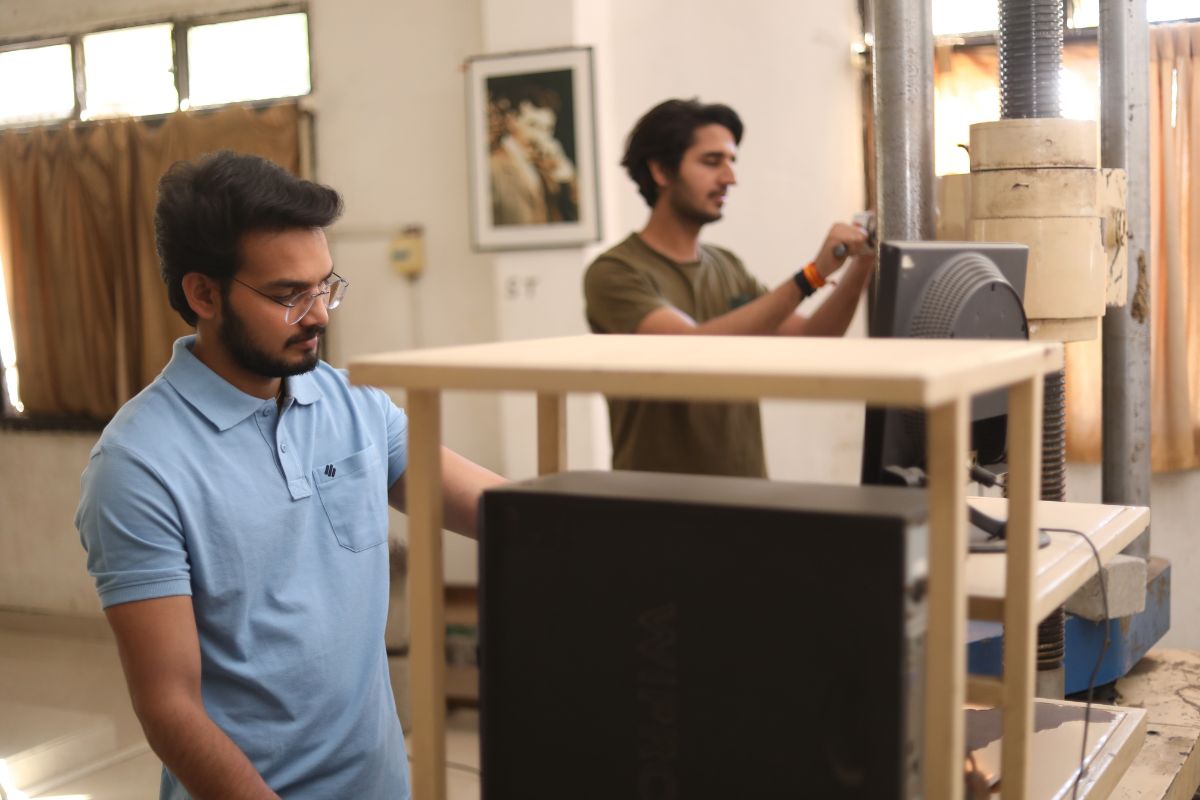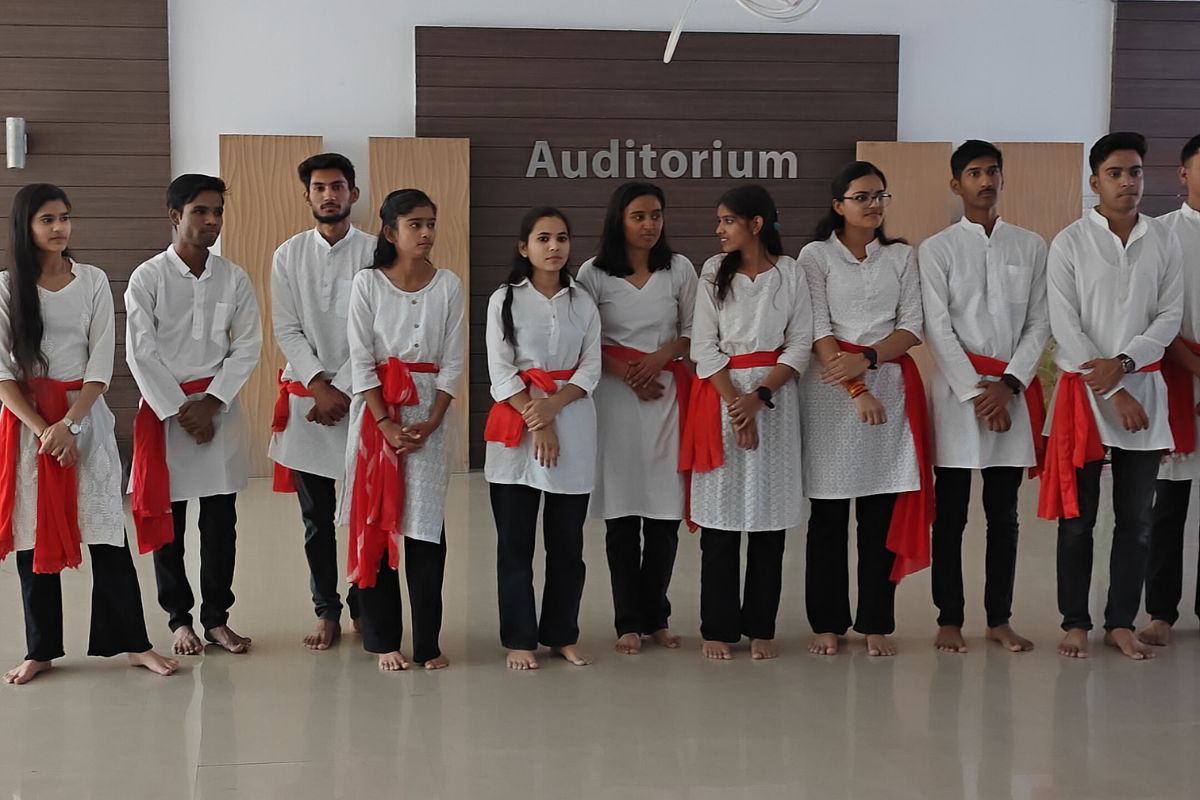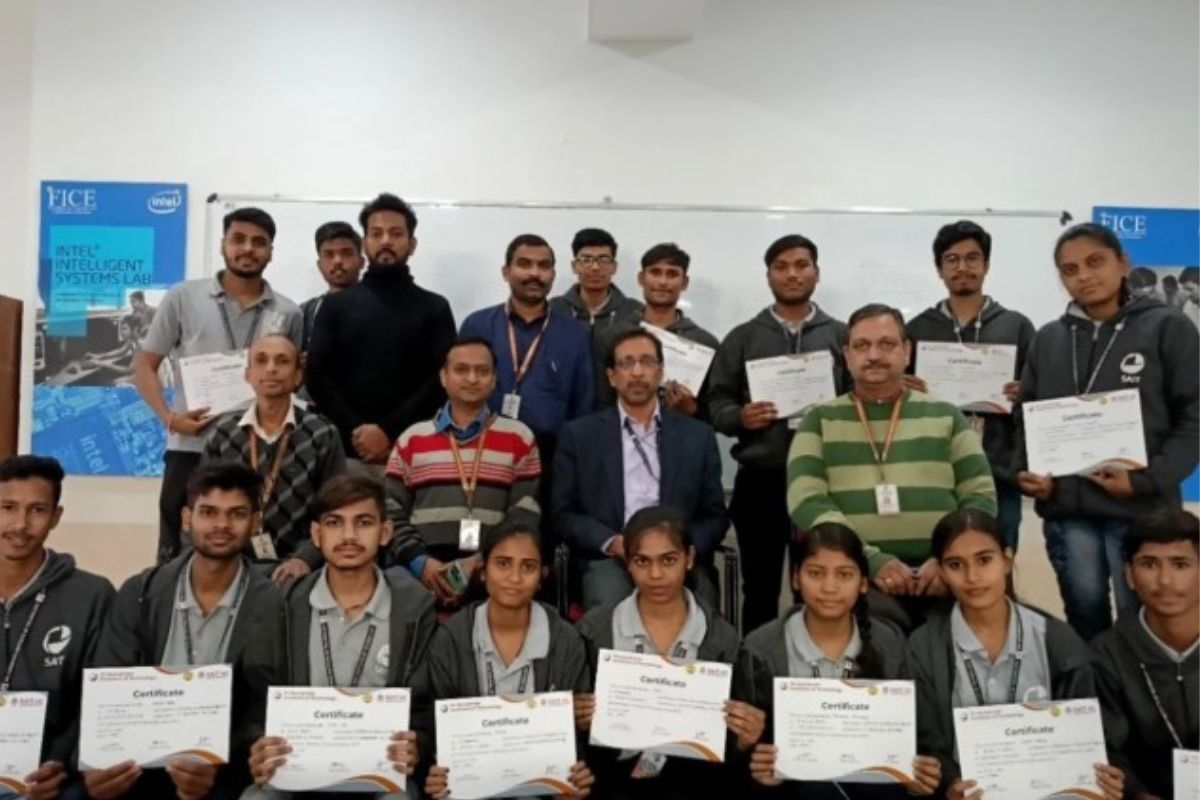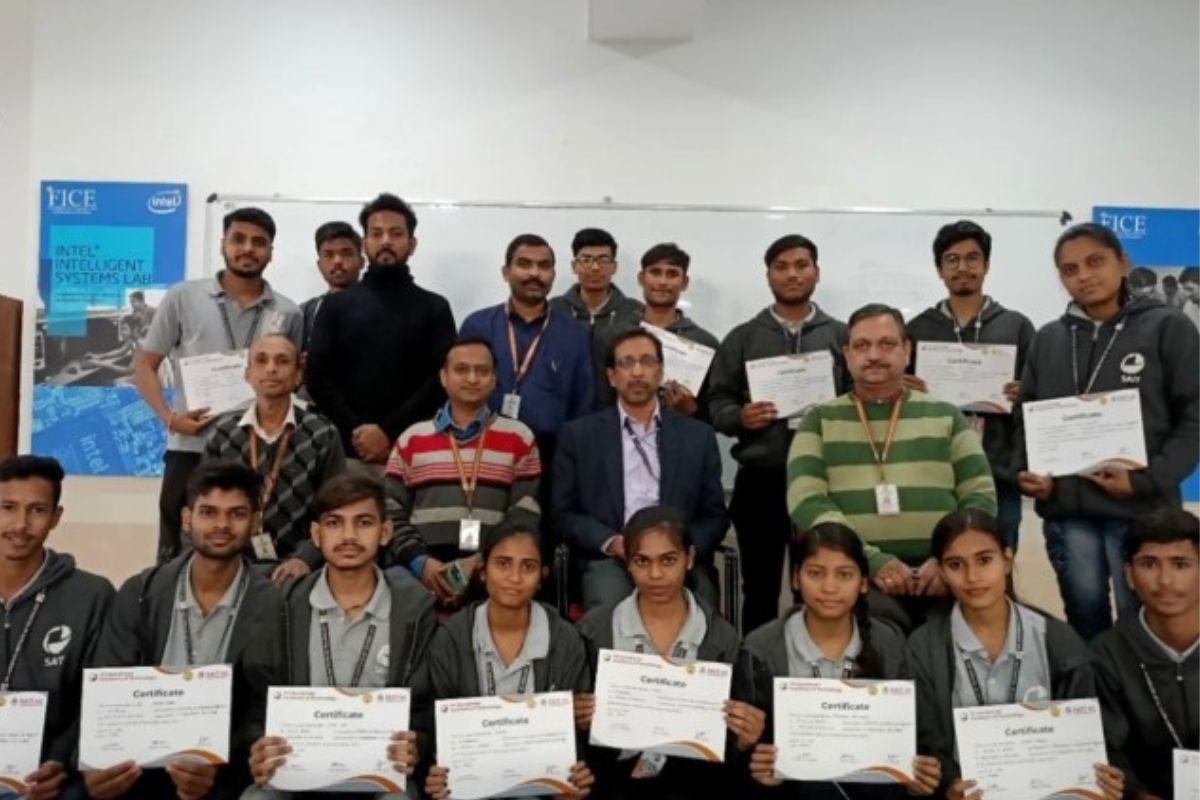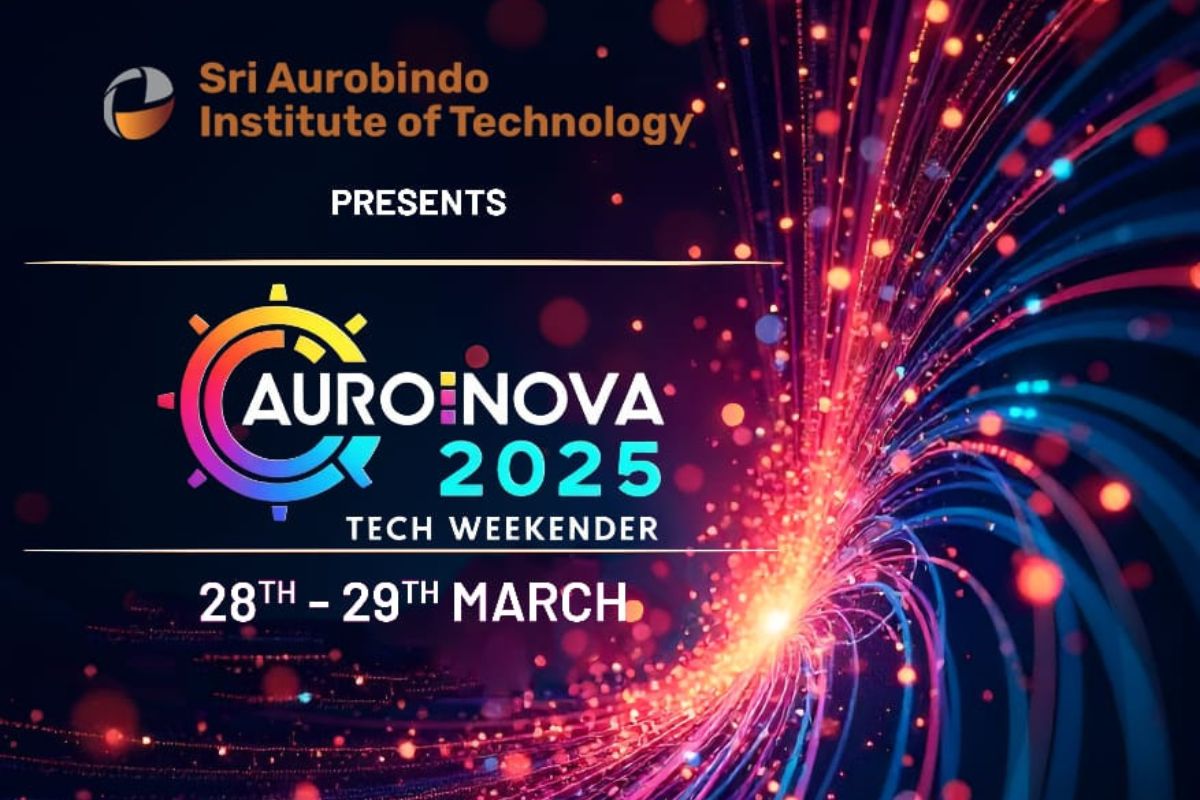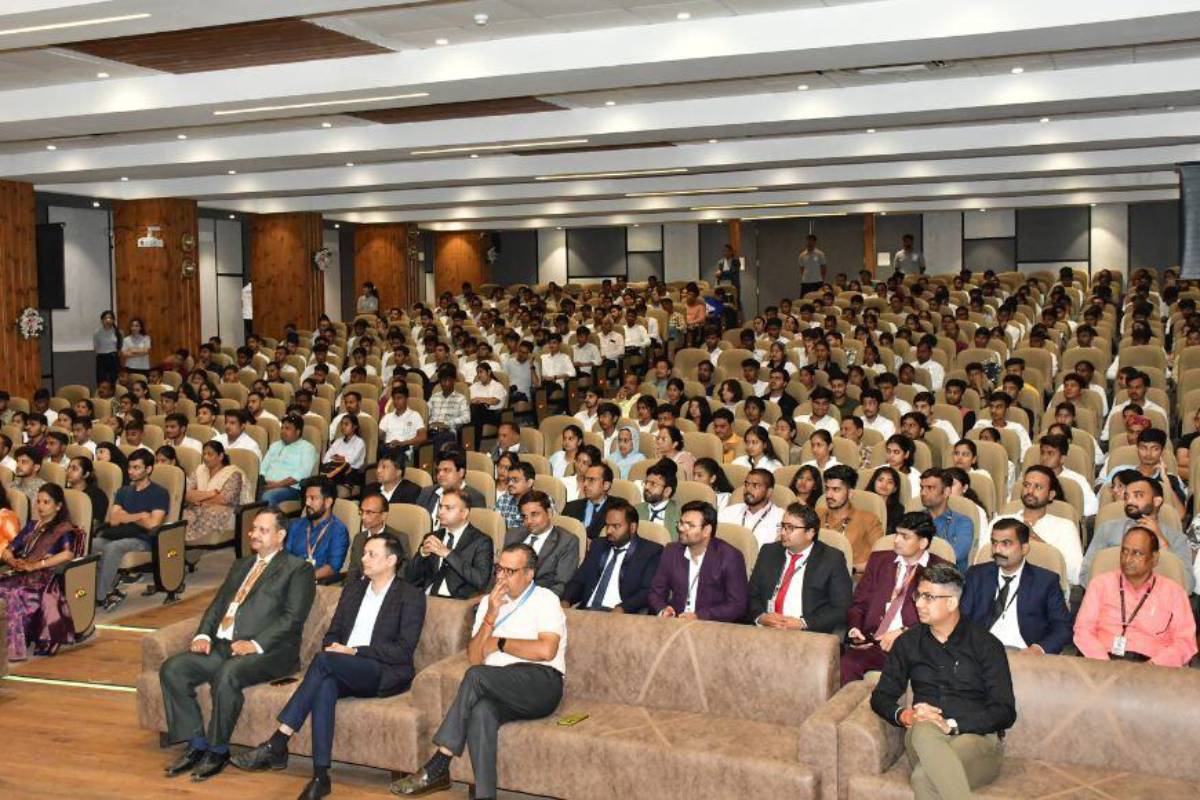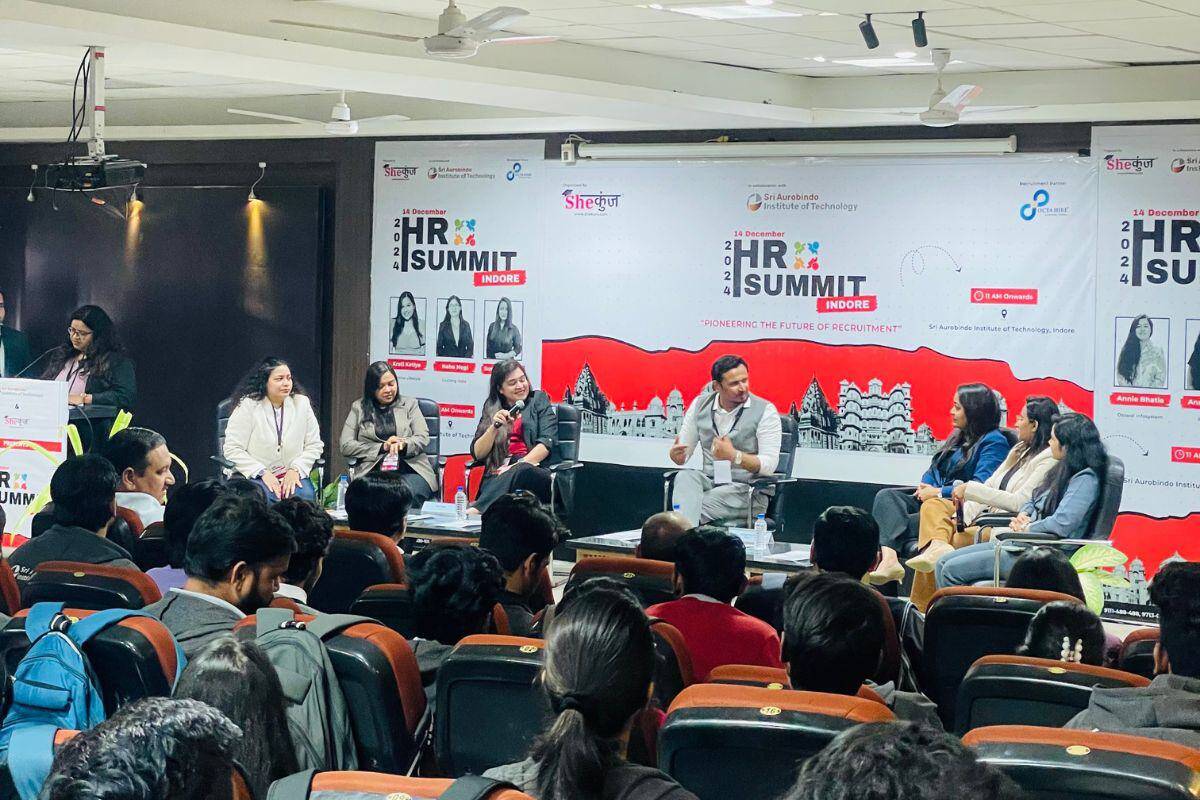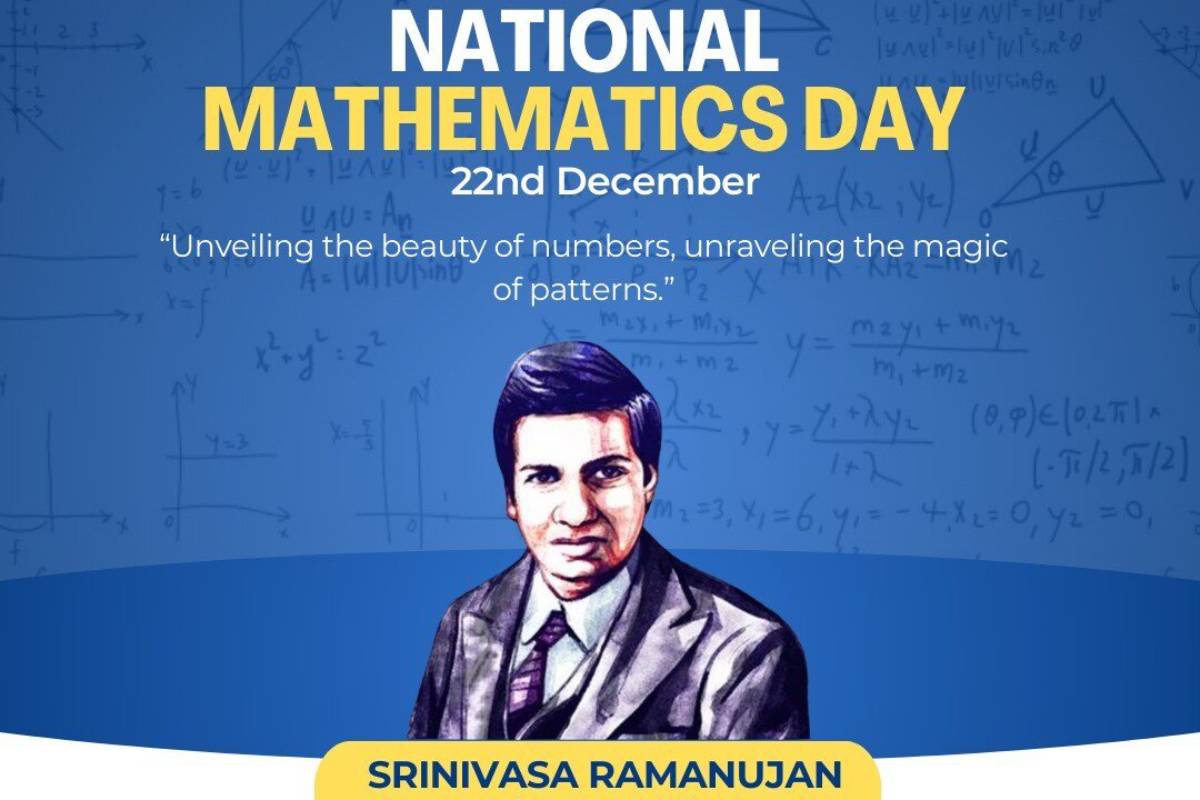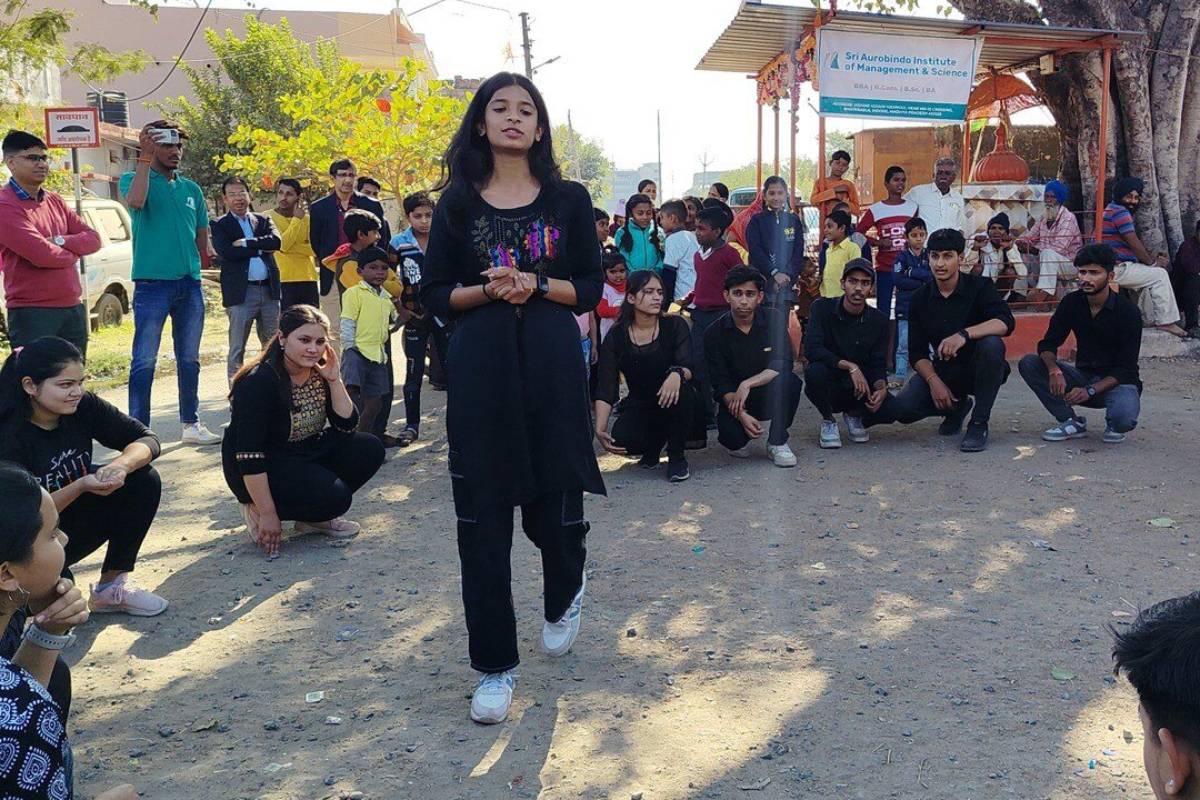International Seminar on Design Education in the Post AI World on CDS
The Centre for Design Studies (CDS) hosted a groundbreaking International Seminar on Design Education in the Post-AI World. Industry leaders and global experts explored how AI is redefining creativity, user experience, education, and the future of design itself.
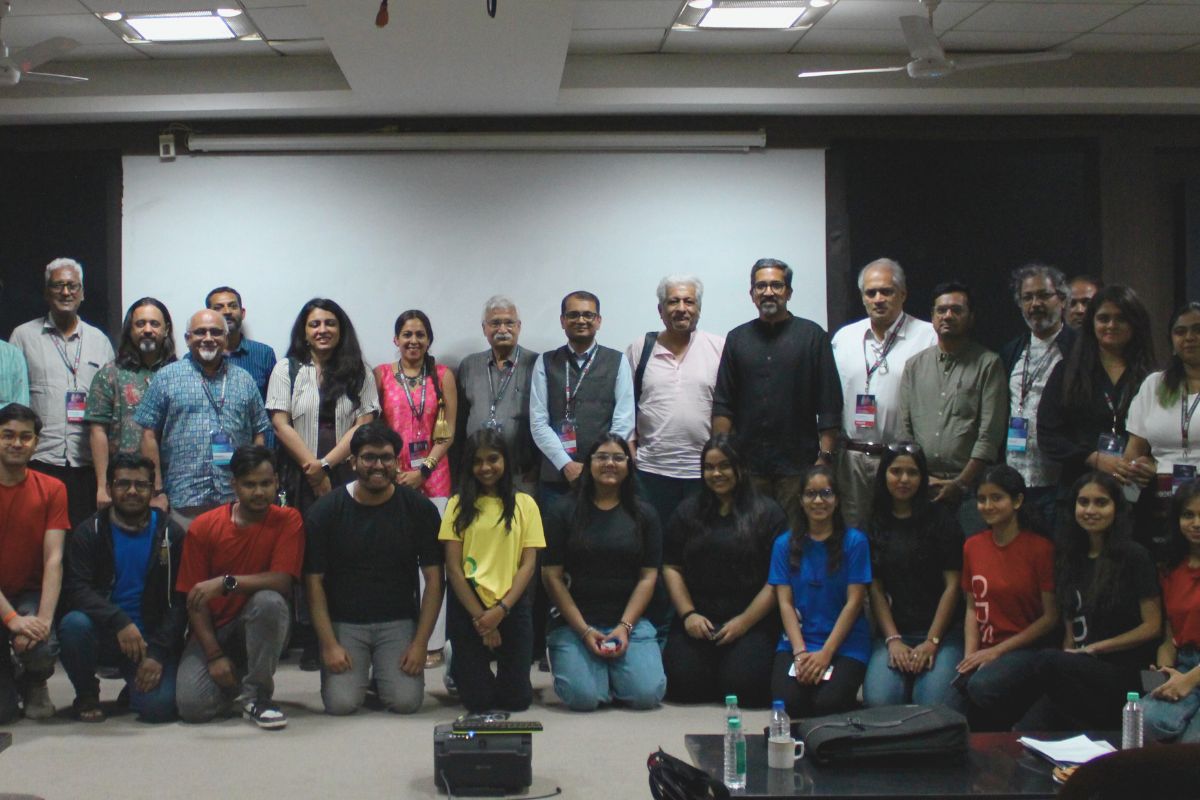
AI isn’t coming, it’s already here, rewriting the rules of design faster than we can blink. But here’s the thing - it’s not about AI taking over creativity — it’s about learning how to design smarter, faster, and more meaningfully with it. On March 15, 2025, the Centre for Design Studies (CDS), a design powerhouse under the Sri Aurobindo Group of Institutes (SAGI) pulled off something truly next-level; the second edition of the International Seminar on Design Education in the Post-AI World.
Visionaries Who Shaped the Conversation
The seminar's lineup was a powerhouse mix of global thought leaders, design pioneers, tech innovators, and artistic visionaries. Each bringing a unique lens to the future of design education in the post-AI era.
Here’s a quick look at the brilliant minds who took the stage:
- Prof. Punya Mishra – Internationally renowned expert from Arizona State University, diving into the paradox of Creative AI and its potential to both empower and challenge human creativity.
- Bhushan Patil, founder of Multiply Ventures (ex-President at Paytm and Alibaba), shared insights on how to design for AI, not just with it, but by blending innovation with product leadership.
- Pradeep Joseph – Director at Google Cloud Platform, shedding light on AI-driven localization and how to craft user experiences that feel personal, relevant, and human.
- Prof. Arvind Lodaya – Design thinker, innovator, and co-founder of the Deccan Centre for Innovation & Design — tackling the delicate balance between human intuition and AI intelligence in shaping creativity.
- Prof. R. Venkatesh – IIT Bombay professor and HCI expert, exploring the bold idea of self-evolving interfaces — where designs aren’t crafted, but learned through AI.
- Hari Sankaran – Education Infrastructure Visionary, with 30+ years of experience turning big ideas into thriving businesses, focusing on how AI impacts education and urban systems.
- Ayesha Seth – Internationally acclaimed mixed media collage artist from Dubai, blending traditional artistry with AI-powered precision — redefining what "art" means in a digital world.
- Harshvardhan Kadam – Pondicherry-based environmental artist and multidisciplinary creator, known for merging art, storytelling, and spirituality to create immersive, community-driven experiences.
- Prof. Kirti Trivedi, Aman Upadhyay, and Pranav Sakhalkar – The dynamic trio shaping the future of Centre for Design Studies (CDS), unveiling a Post-AI Foundation Program that prepares students to embrace AI as a design partner — not a competitor.
It wasn’t a typical sit-and-snooze kind of seminar. This one hit differently; blending inspiration, innovation, and a little bit of future shock with some of the brightest minds in the game, both global and homegrown. Let’s dive into the magic of that day; the bold ideas, eye-opening sessions, and what it all means for the future of design education.
Kicking Off: Design in the Age of Creative AI
First up was a mind-bending opener by Prof. Punya Mishra from Arizona State University. The man’s a legend in educational innovation and he didn’t disappoint. His talk? The Promise and Paradox of Creative AI - a deep dive into how AI can amplify creativity while leaving us wondering: Who’s creating? us or the algorithm? AI’s a tool, not the artist — but the best designs will come from those who know how to dance with both, he said.
Takeaway? Designers of tomorrow aren’t just sketching and ideating — they’re collaborating with AI to create things that are bigger, faster, and more mind-blowing than ever before.
Designing For AI — Not Just With It
Next came Bhushan Patil, Founder of Multiply Ventures and ex-Paytm bigwig. He took us on a journey through his career, from Alibaba to Yahoo, sharing how AI is flipping product design on its head. His vibe? Practical, sharp, and straight to the point. The designers who survive the AI wave won’t just know how to use AI, they’ll know how to design for it. He talked about the shift from static designs to adaptive, learning-based systems. Imagine an interface that evolves with every user, constantly optimizing itself and no redesigns needed. That’s the future, and it’s closer than you think.
Local Vibes, Global UX — AI’s Role in Personalization
Pradeep Joseph from Google Cloud took the stage next, and he didn’t hold back. He tackled a massive question: How do you balance AI’s cold, data-driven precision with real, human-centered design? His focus? Localizing UX through AI.
He walked us through how AI can create hyper-personalized, culturally-tuned experiences without losing that human touch.
The best design isn’t just smart, it feels right to the person using it. AI’s job is to learn what ‘right’ looks like, and help us make that happen.
Humans vs. AI — Or Is It Humans + AI?
Then came a game-changer: Prof. Arvind Lodaya (design genius and co-founder of the Deccan Centre for Innovation & Design). He tackled the tough stuff. Training by Acculturation, how to mix human creativity with AI’s limitless power, without losing our soul in the process.
His take? AI’s not the enemy but laziness is.
AI can automate creativity but it can’t replace meaning. That’s still on us.
The Future of Interaction: Designed or Learned?
Prof. R. Venkatesh from IIT Bombay hit us with a wild thought: What if future interface design themselves? He explored the idea of "self-evolving interfaces" where AI doesn’t just adapt to users, but learns and reshapes itself entirely. Think Netflix recommendations, but for everything.
Art in the AI Era - To Use or Not to Use?
The artistic edge came from Ayesha Seth, a Dubai-based mixed media artist who combines hand-cut collages with AI precision. She brought the room to life with a simple, powerful truth: AI doesn’t replace art. It just adds a new brush to the toolkit.
The Impact and Significance of AI
A true visionary in education infrastructure and urban systems, Hari Sankaran took the audience on a thought-provoking journey into how AI is reshaping education not as a replacement for traditional learning, but as a powerful tool to redefine how knowledge is shared, scaled, and personalized. He highlighted the urgent need for adaptive learning ecosystems where AI helps tailor content to individual learners, bridging gaps in access, comprehension, and engagement. Hari painted a vivid picture of AI-powered education hubs that evolve with students’ needs, turning static classrooms into dynamic, ever-learning environments.
His key takeaway? AI isn’t the future of education, it’s the present. Those who embrace this shift now will lead the way in creating smarter, more connected learning communities.
My Image Explorations and AI
Known for blending environmental art, storytelling, and spirituality, Harshvardhan Kadam delivered a captivating session exploring how AI can amplify artistic expression and not dilute it. He shared his personal journey of using AI-driven tools to expand the boundaries of visual storytelling, creating layered, immersive art that responds to its environment.
His core message resonated deeply: AI doesn’t steal creativity, it accelerates it. He urged artists to see technology as a collaborative partner, one that opens new doors to expression, community engagement, and environmental awareness.
Post-AI Design Education: The Road Ahead
Finally, the rockstars behind CDS - Prof. Kirti Trivedi, Prof. Aman Upadhyay, and Prof. Pranav Sakhalkar wrapped up the day with a look at the Post-AI Foundation Program at CDS.
This new curriculum is not about fighting AI. It’s about harnessing it. It's teaching students to:
- Design smarter, adaptive products
- Build immersive experiences
- Create interfaces that evolve on their own
- Balance data with empathy, and algorithms with artistry
Because the future of design isn’t just about what we make, it’s about how we adapt to the world AI is shaping around us.
The Final Takeaway: The Future Belongs to Bold Designers
If this seminar proved one thing, it’s this: AI isn’t killing creativity, it’s pushing us to think bigger. Designers who embrace the change, learn the tech, and bring that human spark to their work? They’re the ones who’ll lead the way. And with the Centre for Design Studies (CDS) carving the path, the next generation of creatives won’t just survive the AI revolution; they’ll shape it.
The future’s coming fast. The only question is — are you ready to design it? Apply now to our AICTE approved B. Des programs now.


